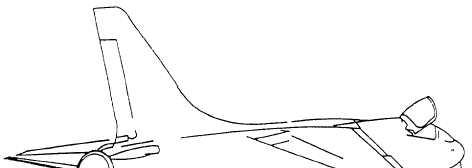Figure 3-18.—Mobile Electronic Weighing System (MEWS).
Flight characteristics of aircraft are directly
dependent upon their weight and balance conditions. An
aircraft whose weight is greater than its allowable
maximum gross weight, or whose center of gravity (cg)
is located outside its prescribed cg limits, may
experience one or more unsatisfactory flight charact-
eristics. Some of these conditions are longitudinal
instability, increase in takeoff distance, increase in
control forces, increase install speeds, decrease in flight
range, and a decrease in rate of climb. The requirements,
procedures, and responsibilities for aircraft weight and
balance control are defined in the technical manual,
USN Aircraft Weight and Balance Control, NAVAIR
01-1B-50. Additional requirements and/or procedural
instructions for specific TYPE/MODEL/SERIES
aircraft weight and balance control are specified in the
aircraft's NATOPS manuals and the technical manual,
Weight and Balance Data, NAVAIR 01-1B-40. In case
of conflicting requirements, procedures, or instructions,
OPNAVINST 4790.2 and the NATOPS manual shall
take precedence over this manual and NA01-1B-40, and
this manual shall take precedence over the NA
01-1B-40, pending mandatory resolution of the conflict
through the procedures described in the NA01-1B-50.
WEIGHT
One of the basic elements of aircraft design is
aircraft weight and balance. The estimated weight and
balance of an aircraft is used in determining such design
criteria as engine requirements, wing area, landing gear
requirements, and payload capacity. Any weight
change, either in manufacturing, modification, or
maintenance, will have distinct effects on aircraft
performance and/or payload capability. Figure 3-17
shows the meaning of, and relationships between,
aircraft weight terminology. All aircraft are designed
with a number of weight limits. These limits are
determined by performance, control, and structural
restrictions. Exceeding these limits may result in a loss
of the aircraft, and is expressly forbidden.
If the aircraft’s actual weight exceeds the design
weight, the result is reductions in performance and/or
payload. An increase in gross weight increases takeoff
speed, stalling speed, and landing ground run. The rate
of climb, ceiling, and range decreases with increasing
gross weight. If the operating weight increases while
performance requirements remain the same, then the
payload and/or fuel load must decrease. The weight of
an aircraft is determined through a combination of actual
weighing, accurate record keeping, and proper use of the
aircraft’s NAVAIR 01-1B-40.
Weighing Scales
A variety of scales and equipment maybe used for
weighing aircraft. At the present time, the method that
has become the standard is the Mobile Electronic
Weighing System (MEWS). Weighing systems now
being used to weigh Navy aircraft are the MEWS, the
heavy-duty portable scales, and the stationary pit-type
scales.
MOBILE ELECTRONIC WEIGHING SYS-
TEM (MEWS).—This system, shown in figure 3-18, is
designed to provide weight data and compute the center
3-29



